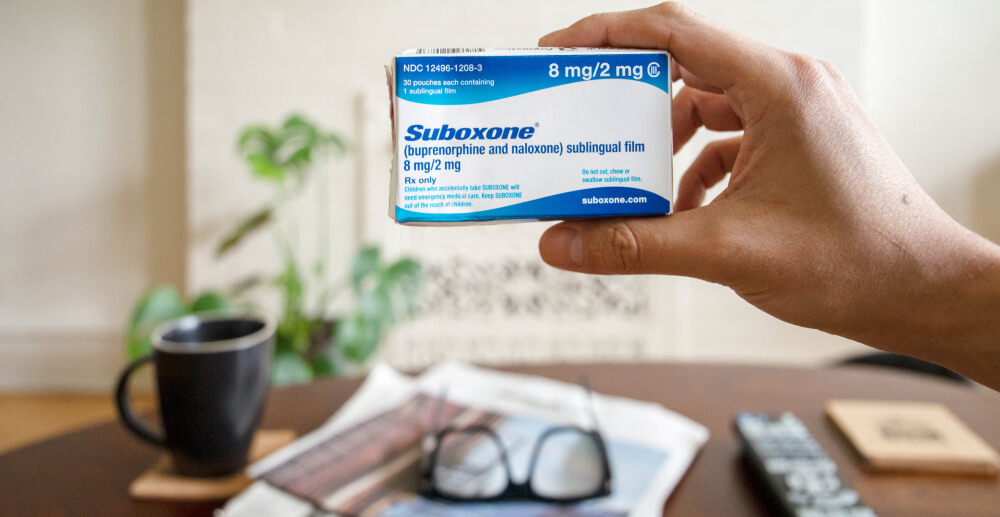Addiction has high costs in the workplace.
“Oh no, addictive behaviors aren’t a problem here. We fire people on the spot if we even suspect they’ve been using or drinking.”
“Given our rigorous hiring process and intensive career tracks, there’s no way alcoholics could survive here.”
“We’ve got a really robust EAP [Employee Assistance Program] that handles everything we need for people who have drug & alcohol problems.”
All real responses we’ve gotten while talking to people about addictive behaviors in the workplace. All woefully ignorant or in denial about their prevalence.
The reality is, a huge number of Americans struggle with addictive behaviors; over 20 million met the criteria for substance use disorders in 2014 (according to SAMHSA). That’s around 8% of the population, and only includes those who meet the full diagnostic criteria! Millions more struggle with risky use and other addictions.
Common sense, as well as a bevy of studies, tell us this massive population isn’t sitting at home waiting out their addictions in the dark. Nor should they be. People struggling with addiction are a valuable part of our society and workforce, and that includes jobs across every level and industry. As much as we all can be tempted to believe our own organizations are special snowflakes, denial does no one any favors here; it’s a detriment to employees, employers, and the bottom line.
It’s safe to assume that addictive behaviors are having an impact on your workplace, though it varies by industry (for an extra wake up call, play with our ROI calculator),
The presence of addiction in the workspace is the norm, not the exception. So why does it so often fly below the radar?
Revisiting our earlier quotes sheds some light on what’s going on…
“Oh no, addictive behaviors aren’t a problem here. We fire people on the spot if we even suspect they’ve been using or drinking.”
First off, that sounds like dicey legal ground. But moving on to this sobering reality: it’s not just the risky behaviors on the job that pose problems. Off-the-clock addictive behaviors have around-the-clock consequences. Like absenteeism, high turnover, related health problems, and reduced productivity, to start.
“Given our rigorous hiring process and intensive career tracks, there’s no way alcoholics could survive here.”
Trust us, they can and they do. People struggling with addictions are people. That means they come from all walks of life, and include the talented and driven.
It’s common to hide addictions, for 3 reasons (the latter two of which have opportunities for employer intervention.)
-
By definition, addictive behaviors keep one hooked and hinder motivation to change. That makes for a natural avoidance of help.
-
Stigma surrounding addiction prevents people from seeking help. Through tremendous progress continues to be made, we still haven’t shed the shadow of past eras when addicts were routinely shamed.
-
Appropriate options for treatment don’t exist, or avenues to them are confusing, frightening, or otherwise uncomfortable.
“We’ve a really robust EAP that handles everything we need for people who have drug & alcohol problems.”
Without getting too abstract and existential here, what do we mean by “problem”? Getting help to people only when they most desperately need it is at best short-sighted, and at worst, inhumane. We approach other health epidemics, such as diabetes and smoking, with preventative measures and foresight. It’s time to apply that logic to substance misuse, and stop pretending it’s a black and white, sudden onset condition.
Where can employers go from here?
We’ve established that most organizations have barely acknowledged or addressed the tip of the iceberg of the impact addictive behaviors have on business. The good news is, your business is already functioning under that weight. Accepting the sobering reality puts you in a position to take advantage of it for business impact and for happier, healthier employees. The ratio of savings to costs after investing in effective substance abuse treatment is estimated to be as great as 12 to 1! (drugabuse.gov) Save money, and lives!
But it’s important not to shoehorn people into treatment and help options that don’t suit them. Rather, we can look to our three points above as a guide for a progressive approach for intervention:
-
Provide around-the-clock help for an around-the-clock problem.
-
Fight stigma by building a supportive culture. Ease fear and confusion by providing clearly communicated options and discreet, confidential avenues to pursue them.
-
Provide assistance that adapts to the severity and context of each individual’s unique needs and concerns.
And now for a shameless plug: we designed Workit for the workplace to hit on all these points. Together let’s fix this problem. For the lost and the living, let’s Workit!








